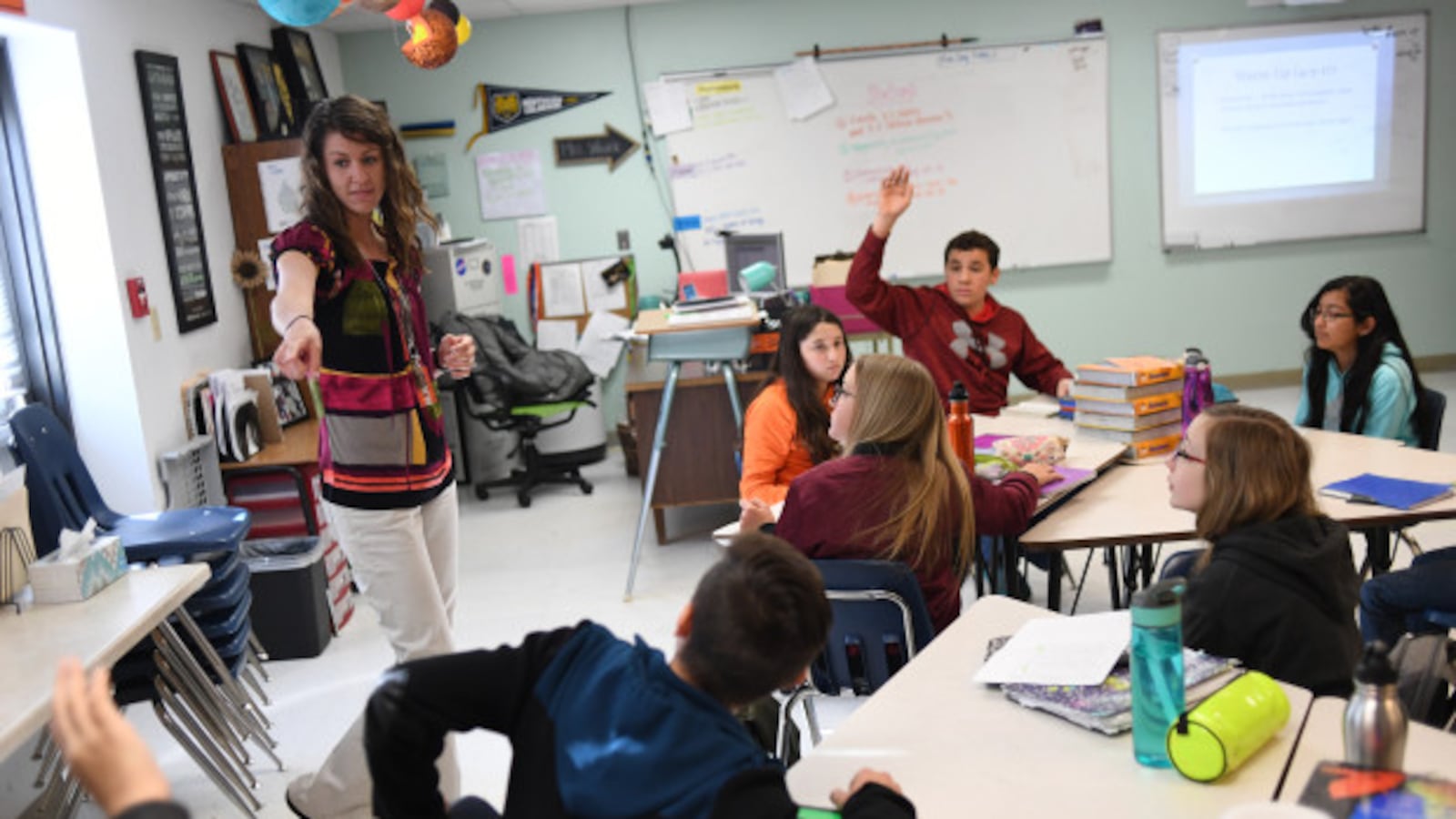Colorado would give school districts more money next year and the state would make a dent in its school funding shortfall under Gov. John Hickenlooper’s proposed 2018-19 budget released Wednesday.
If the plan is approved by state lawmakers, school districts would see an increase of about $343 per student, or an increase of about 4.5 percent.
The funding proposal would reduce the gap between how much the state gives schools and what it should fund its schools according to an existing formula. That funding shortfall, commonly called the negative factor, would decrease by $70 million.
The $28.7 billion budget proposal also seeks to increase the state’s savings, make a large investment in higher education to “moderate” college tuition increases and address issues with the state’s troubled pension system.
Another significant education piece of the budget proposal: a $5.5 million request to provide charter schools authorized by the state’s Charter School Institute with extra dollars to compare with what districts will be required to share with their own charter schools.
A law passed earlier this year requires school districts to share a portion of local tax measures with charters schools in their districts, but those authorized by the state were not included in the plans. Now charter school advocates are looking to bring up their funding too.
“We’re starting an equalization process with (a $5.5 million) increase in this budget,” Henry Sobanet, the state’s budget director, said during a briefing with reporters.
The governor is also planning to set aside $10 million from the Marijuana Tax Cash Fund for work to reverse teacher shortages. A report requested by lawmakers will be released in December and is expected to include a plan for strategies that will help attract and retain more teachers.
“We anticipate a significant focus on the challenges rural communities face in attracting, retaining and developing the qualified teachers needed to support positive student outcomes,” the budget proposal states.
The proposal was sent to the Joint Budget Committee for their consideration. A final budget is usually approved in the spring.
Last year, the final budget approved by lawmakers was considerably different than what the governor had proposed. The November budget proposal last year expected an increase in the gap between what schools would get and what they actually receive, but in the end, lawmakers were able to keep the shortfall from growing.
Correction: The budget total cited in this story has been changed to $28.7 billion after the state provided more information than what was cited in its original release. This article has been updated to better reflect to actual dollar amount being requested for state-apporved charter schools. It’s $5.5 million, not $11 million.


